
We have to reframe the story of climate change so that it is not only about renunciation and loss, but also about possibility and joy. A wild lawn full of bees and wildflowers is more beautiful and less work than a dull expanse of toxic ChemLawn; a sunlight-powered electric car happens to be a more sporty drive than a gas vehicle, and a pre-owned treasure discovered while socializing with neighbors at the local Dumptique brings more satisfaction than a plastic tchotchke one-clicked on the internet. It’s not about giving things up but finding better ways.
So many things in this short passage resonate with me. Concerns about climate change, certainly. My increasing obsession, literally and figuratively, with sowing native plant seeds (literally getting seeds into more people's yards in place of turf grass and figuratively getting the critical importance of restoring native ecosystems into our collective conscience). But, in a more general sense, it's the last sentence that addresses questions I get asked and ask myself all the time: "It's not about giving things up but finding better ways."
Don't we miss having a big house? Don't we miss all the things we sold or gave away in order to fit into this compact home? And why, now, after more than seven years in our tiny house, are we selling things and giving others away?
I blame it on the walls. After seven years, it was time to repaint. As we started prepping for the job, we found ourselves looking around at everything. As we cleaned out cabinets and emptied shelves, we realized that, even in this modest space, we've tucked away things we forgot we owned, things we haven't used in months and even years.
Things not used or appreciated aren't assets. That's what we've been thinking about. In fact, they're liabilities. They clutter up spaces; they distract and diffuse our focus. Why are we selling our perfectly fine backpacks, the canopy we thought we needed, the cornhole game gathering dust? As Brooks put it, "It's not about giving things up." Finding a "better way," in this case, is to put what we're not using in the hands of people who want to use it. It's taking stock and deciding what's important/valuable/beautiful to us. It's turning "things" into "experiences" by selling some of what we're shedding and putting the proceeds aside for an adventure.
As we work to live more sustainably, it's not about sacrifice; it's enrichment. It is indeed about living better. There isn't one particular "better way" that applies universally. I don't think everyone should live like I do and I don't think anyone has to get rid of the things they love or stop planting their favorite flowers. But I do know that as I have focused on living more intentionally—thinking about what I value and how to honor those values—that I better appreciate the beauty all around me. For me living with less has been more about addition than subtraction.
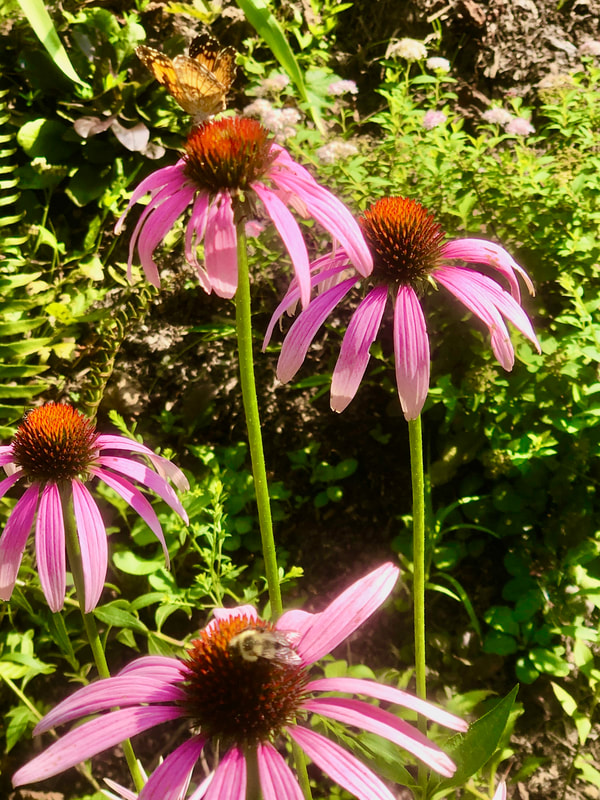

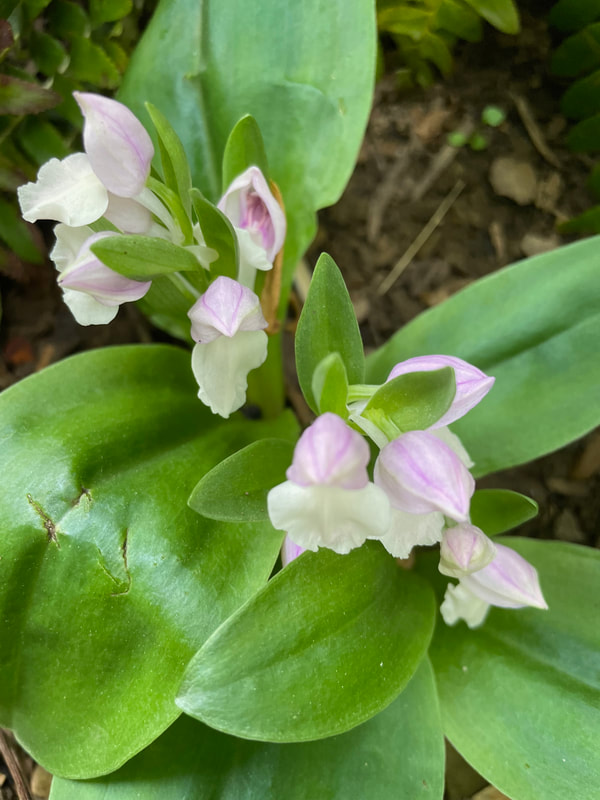
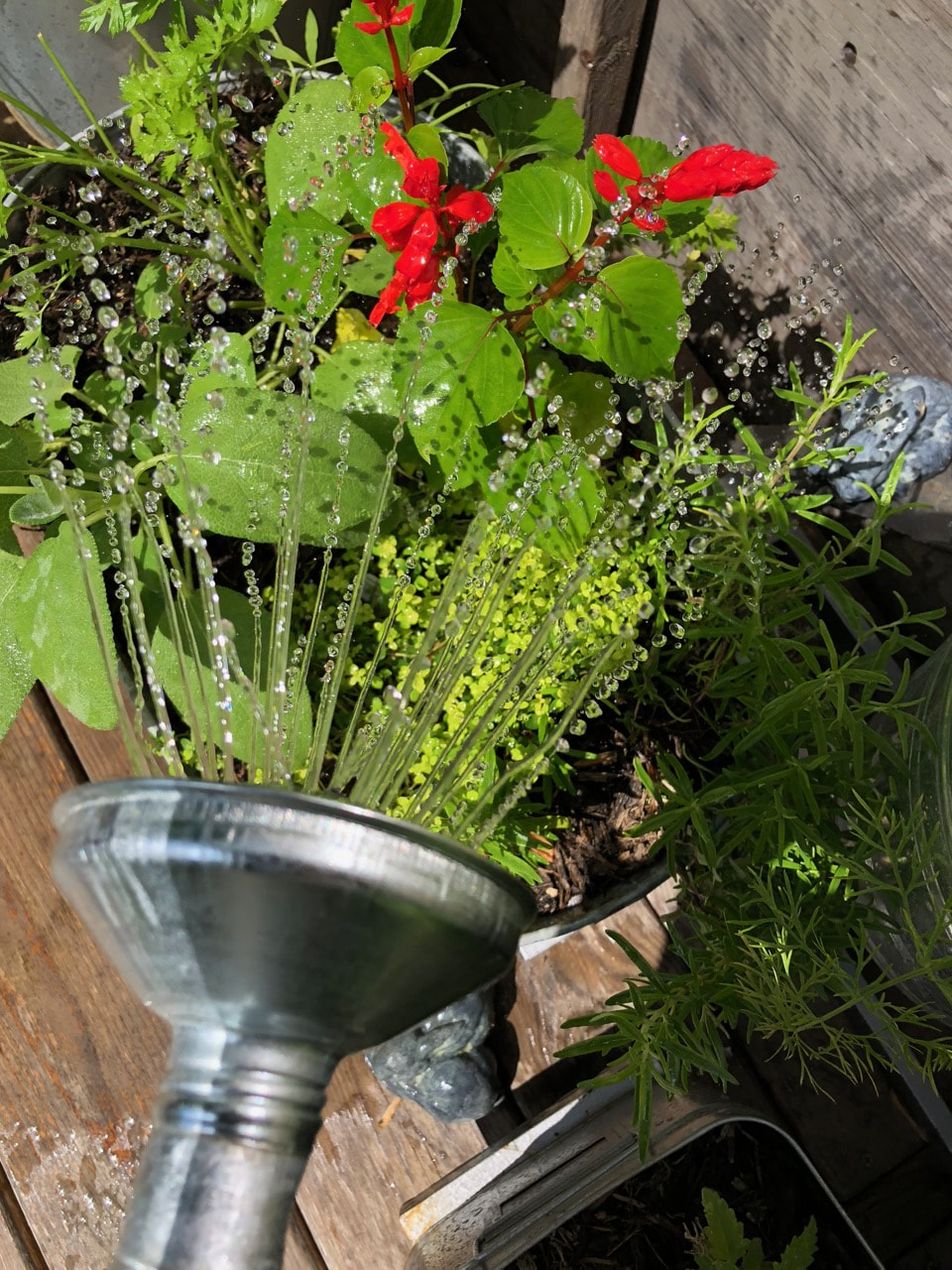
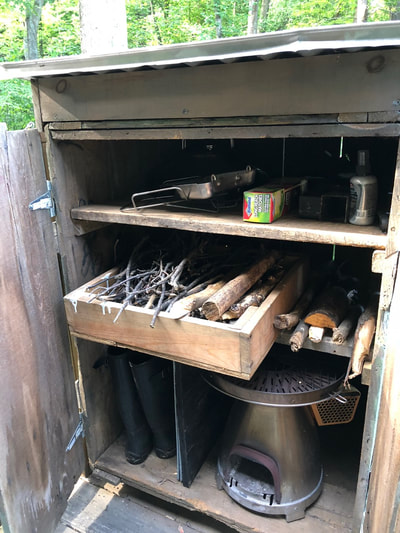
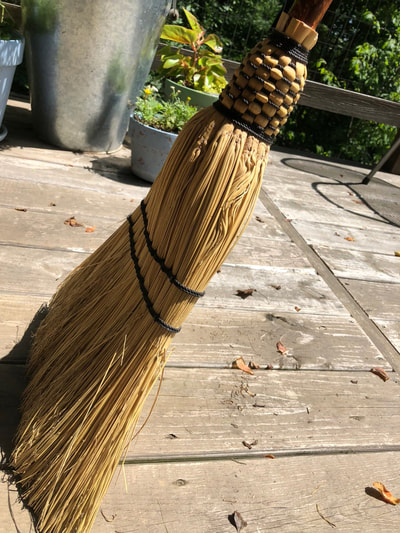
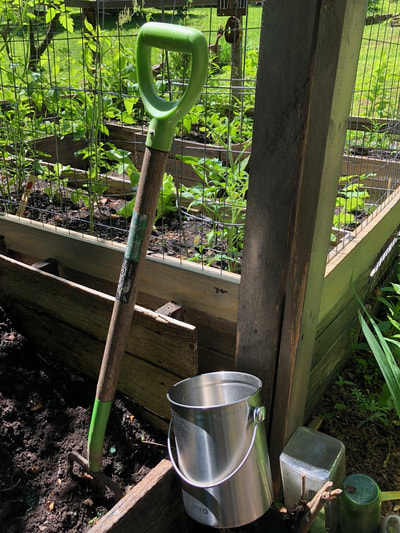
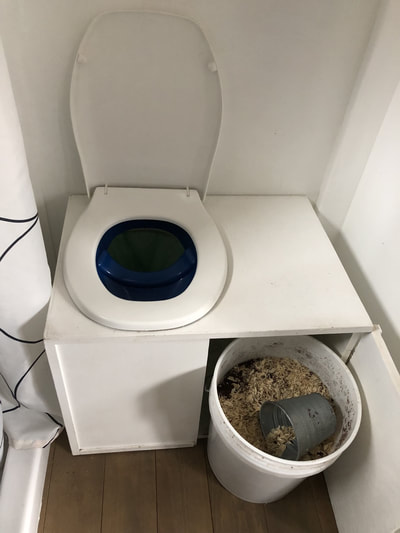
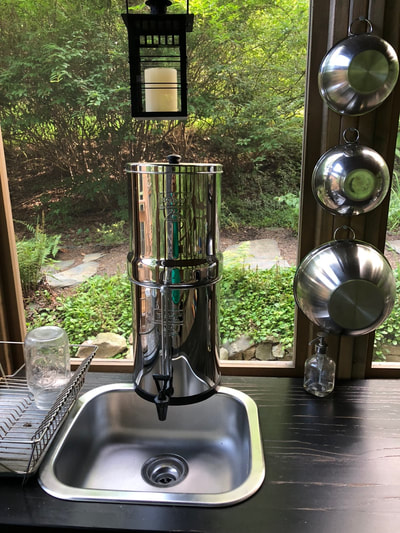



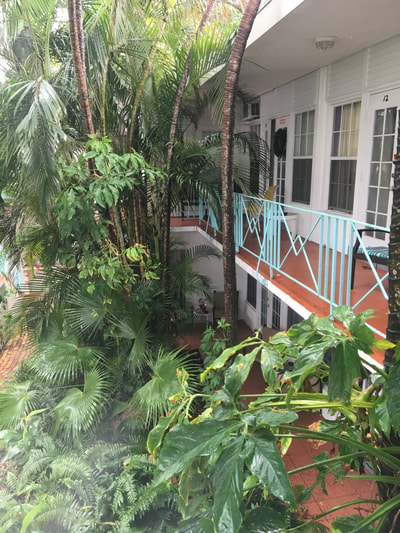

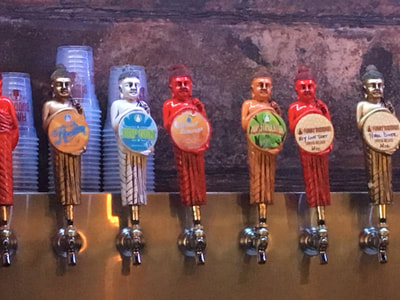
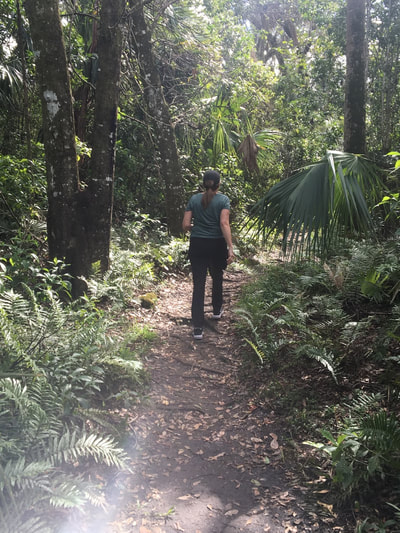


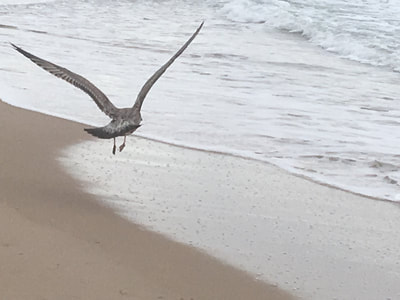



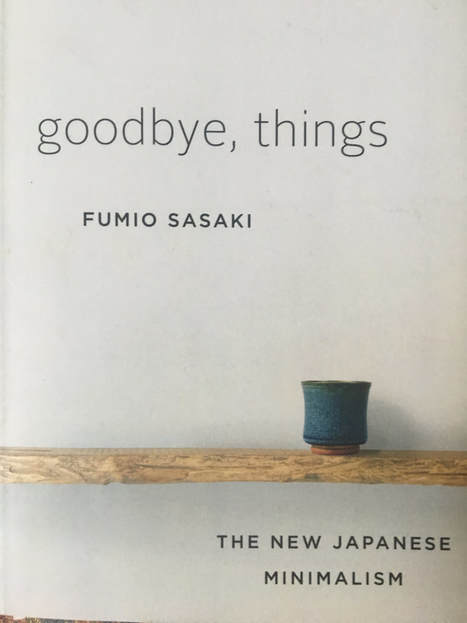
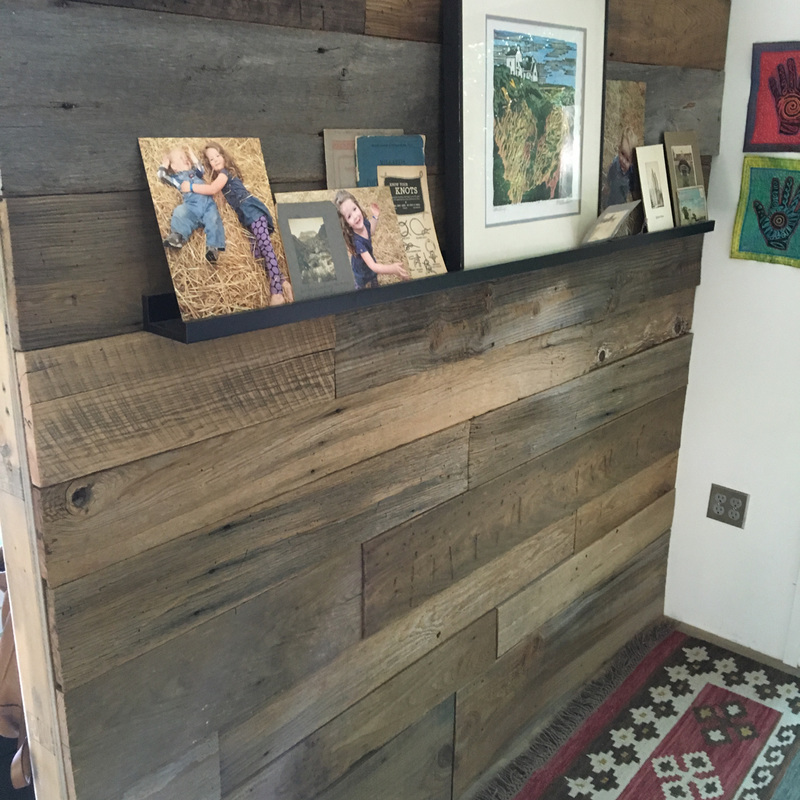
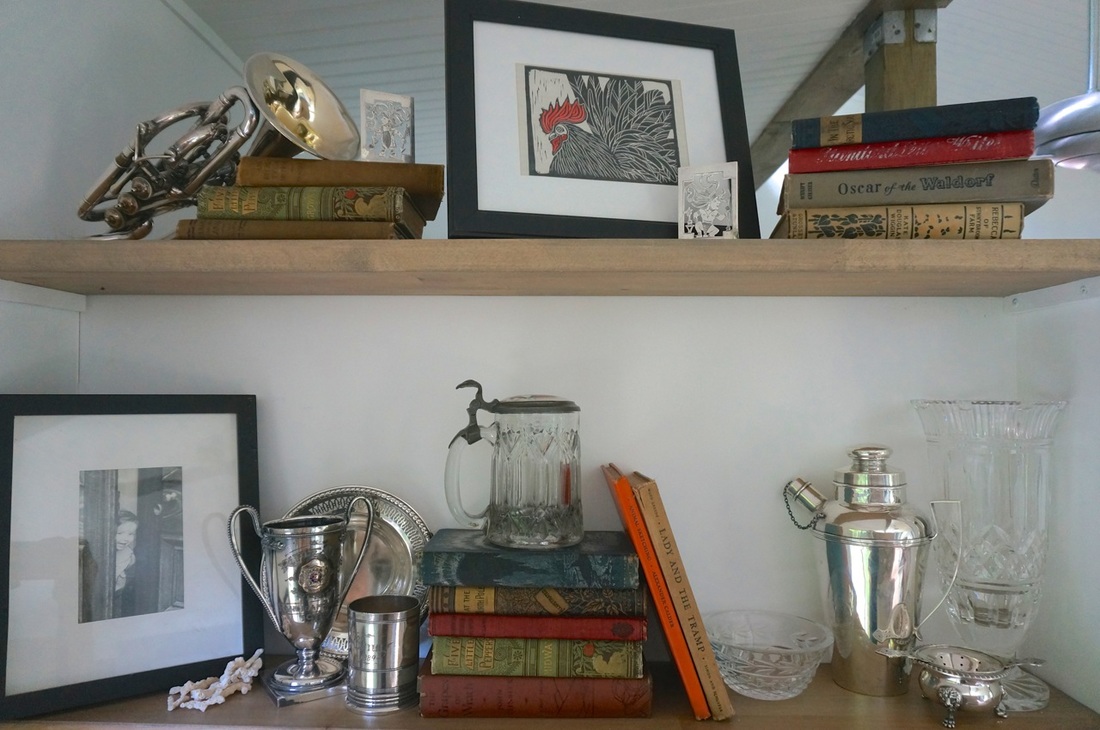
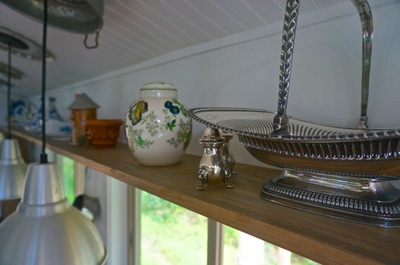
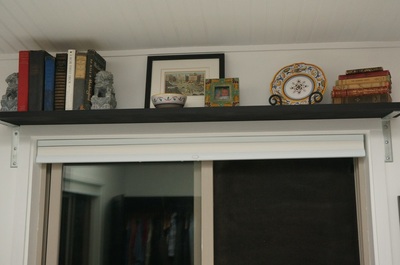
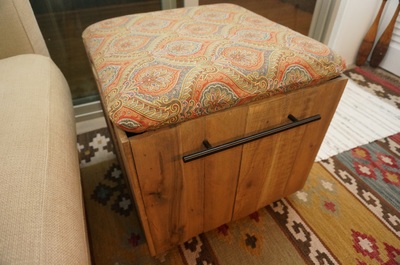
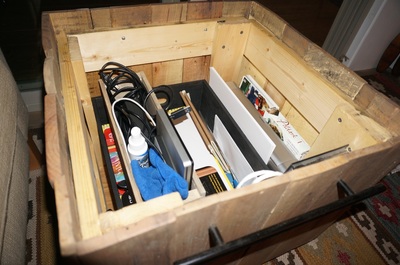
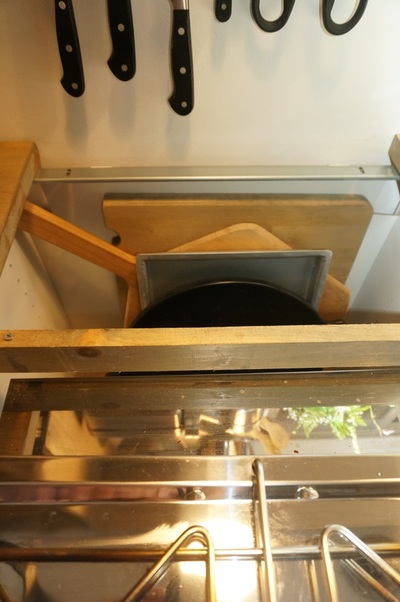
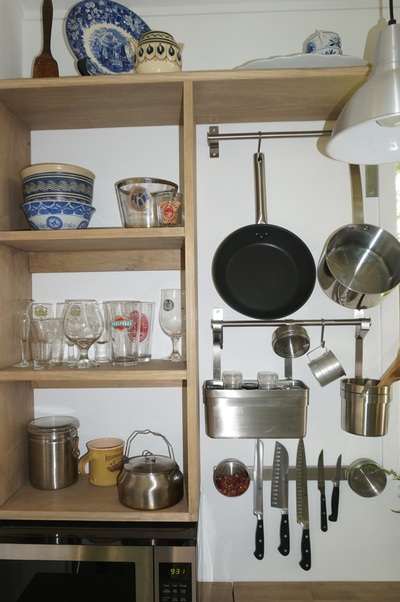
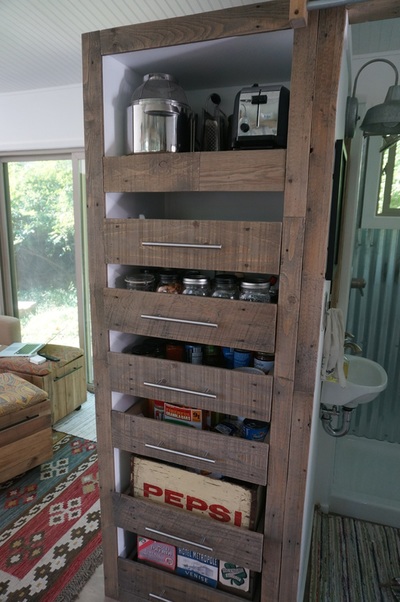
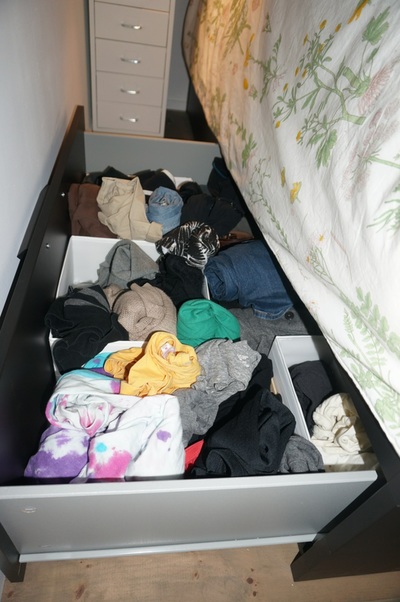
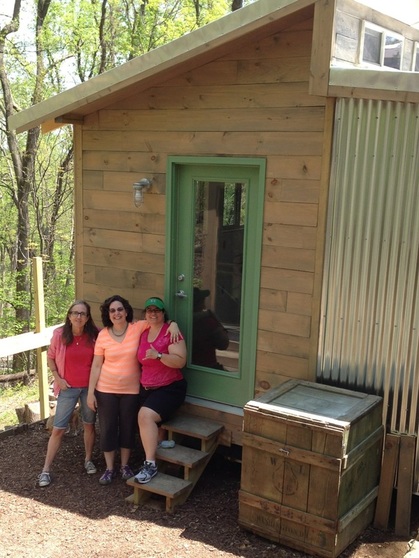
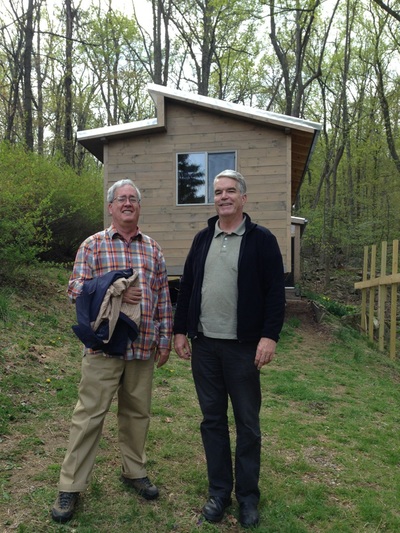
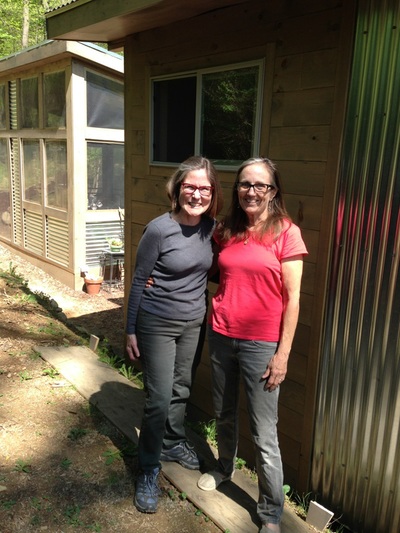
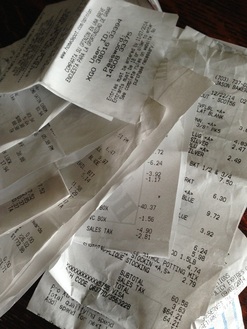
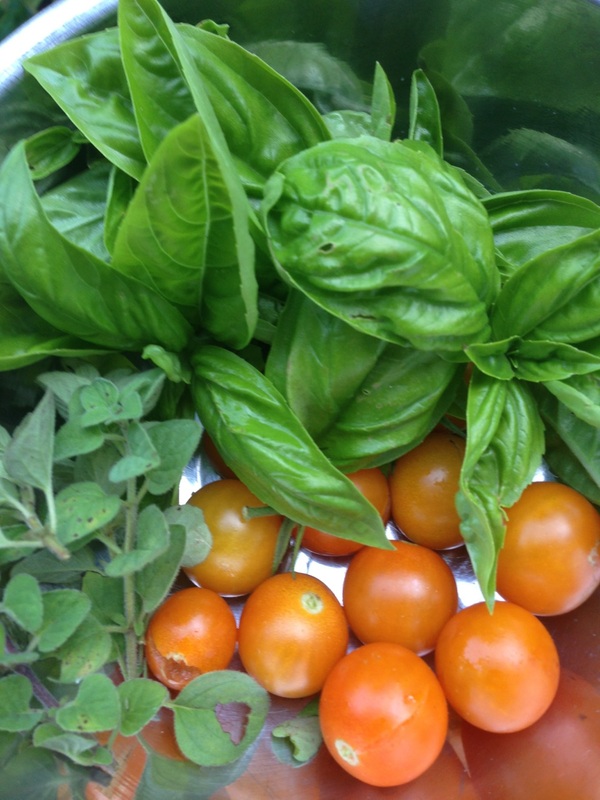
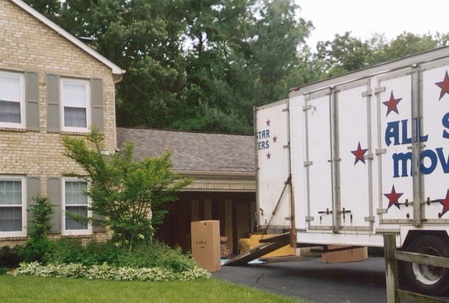
 RSS Feed
RSS Feed
